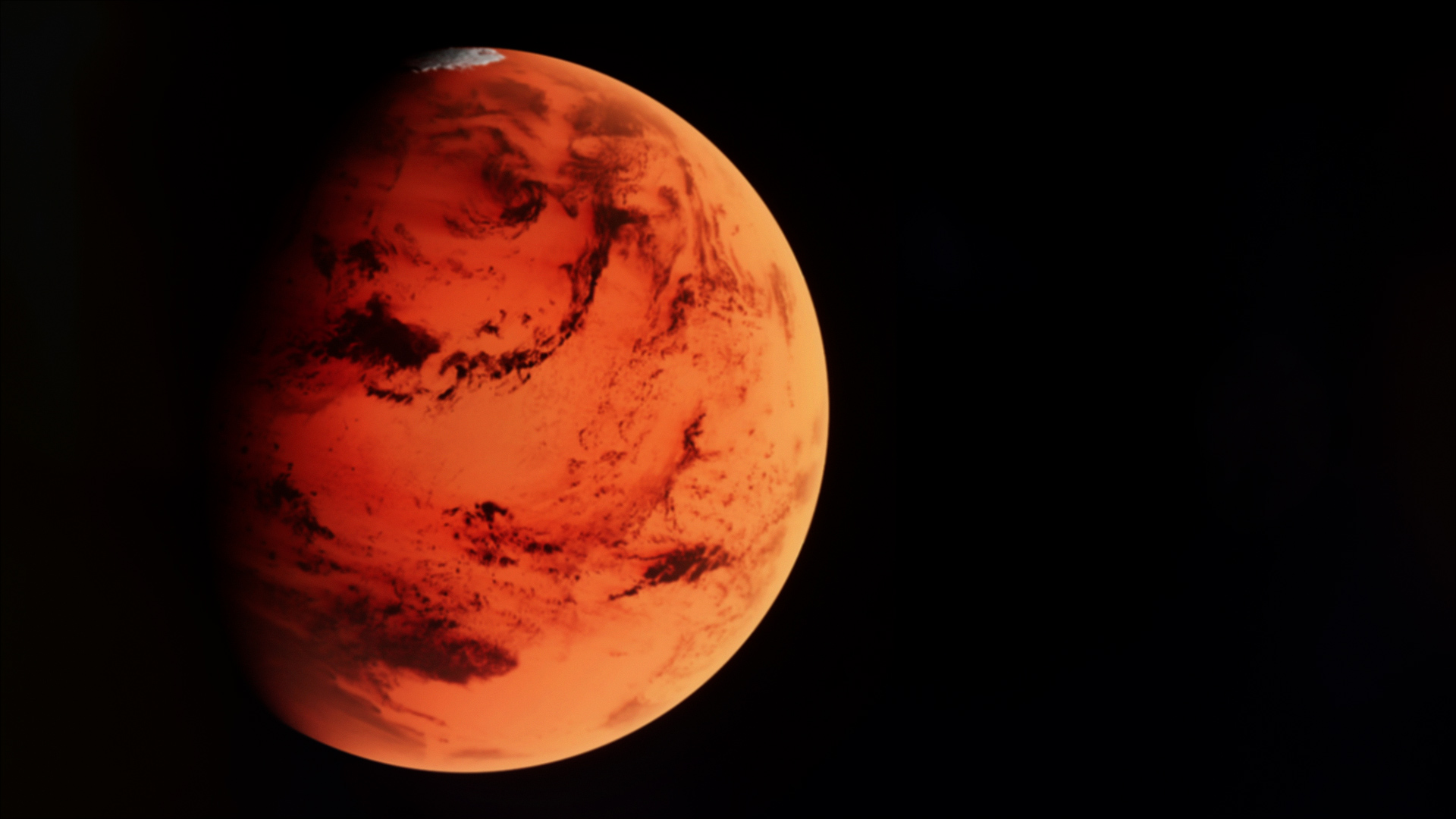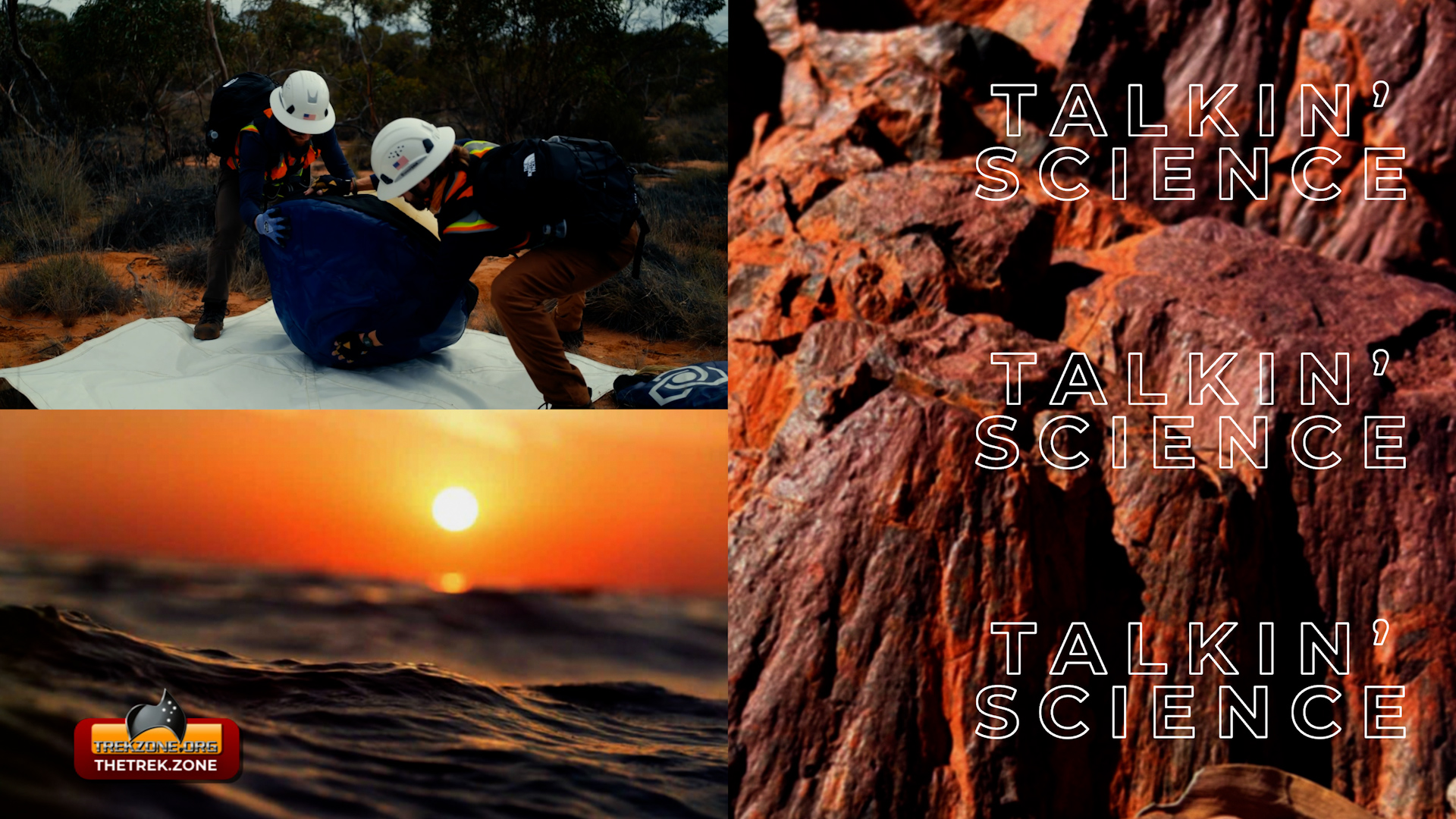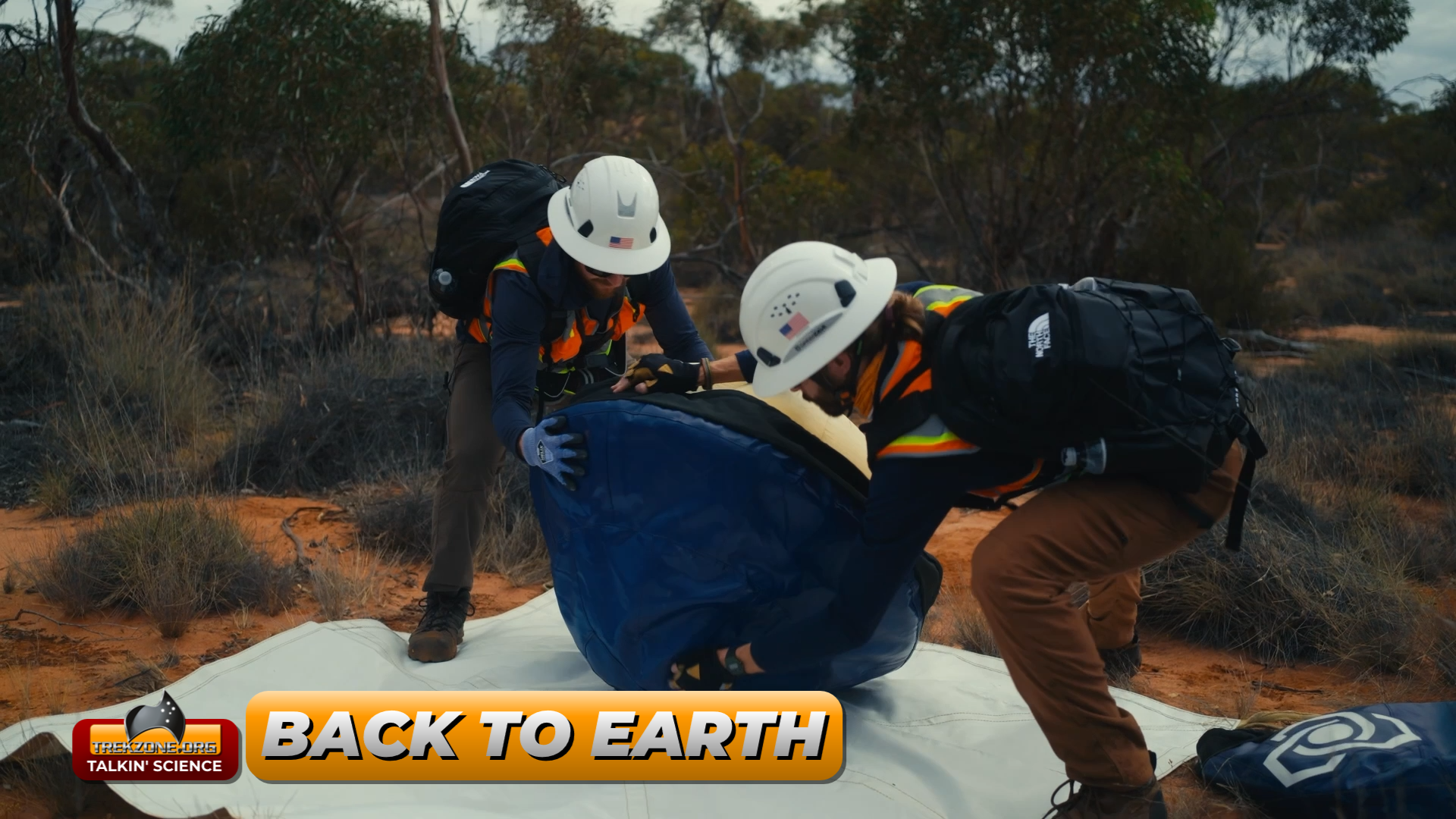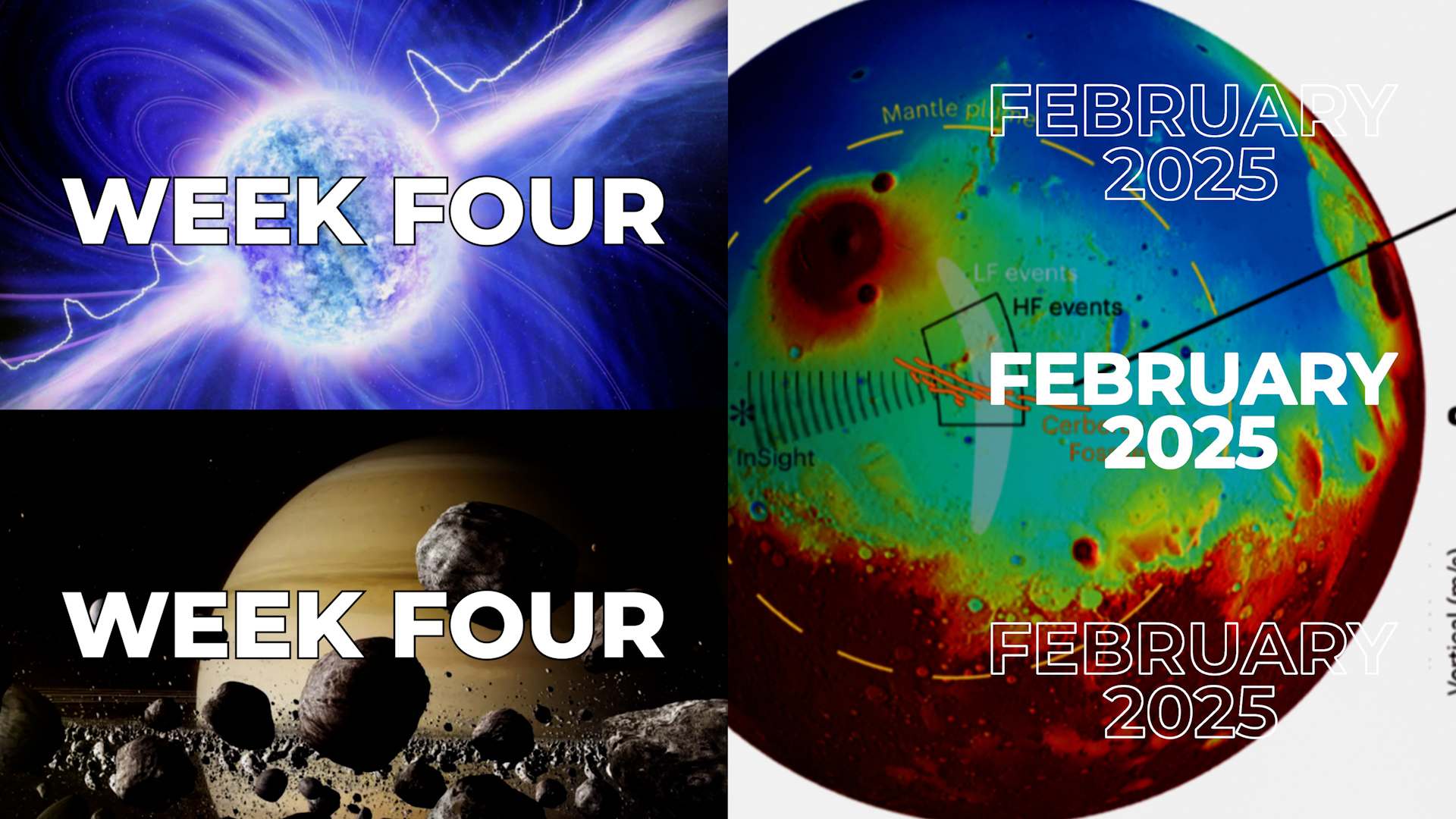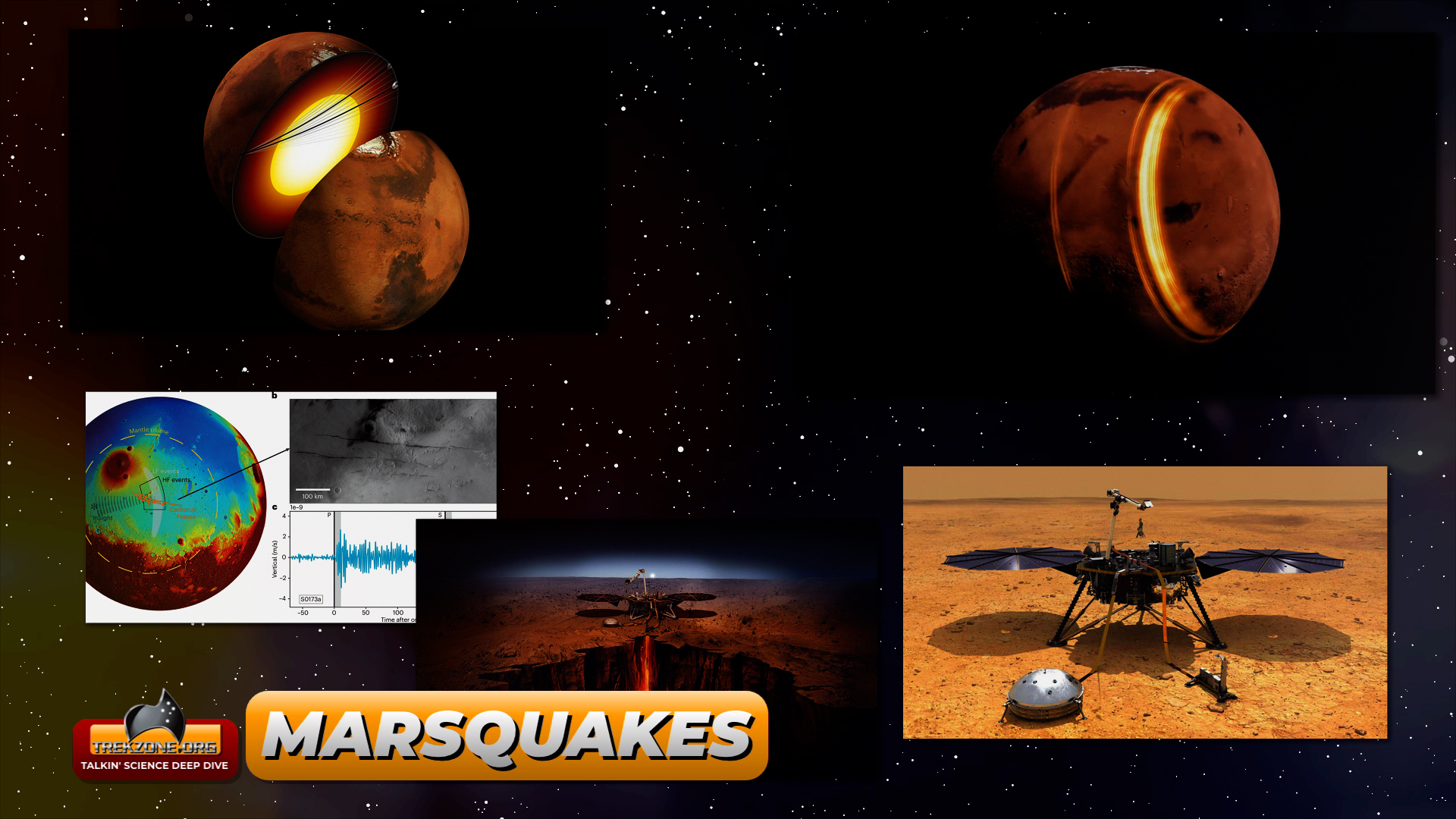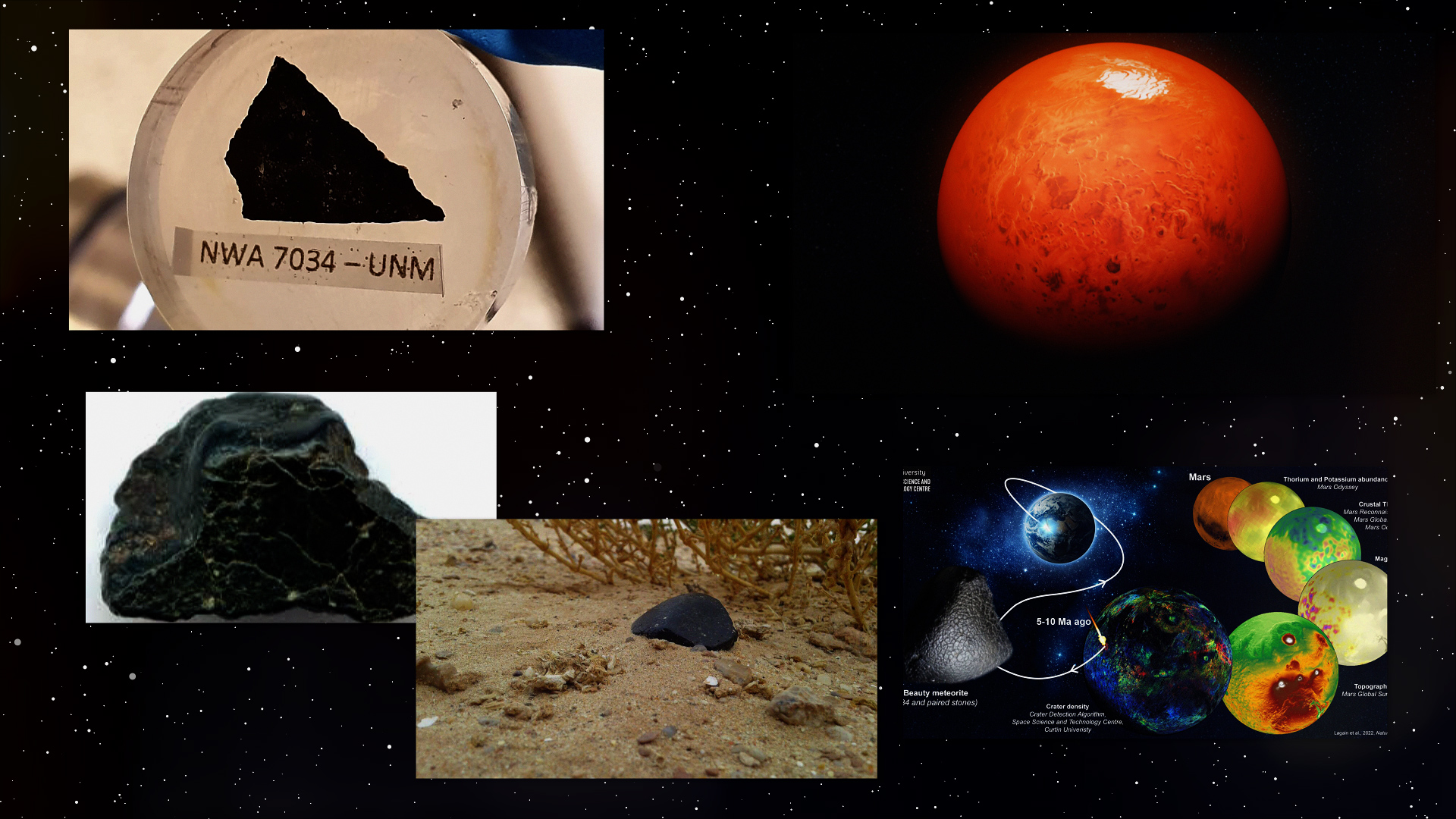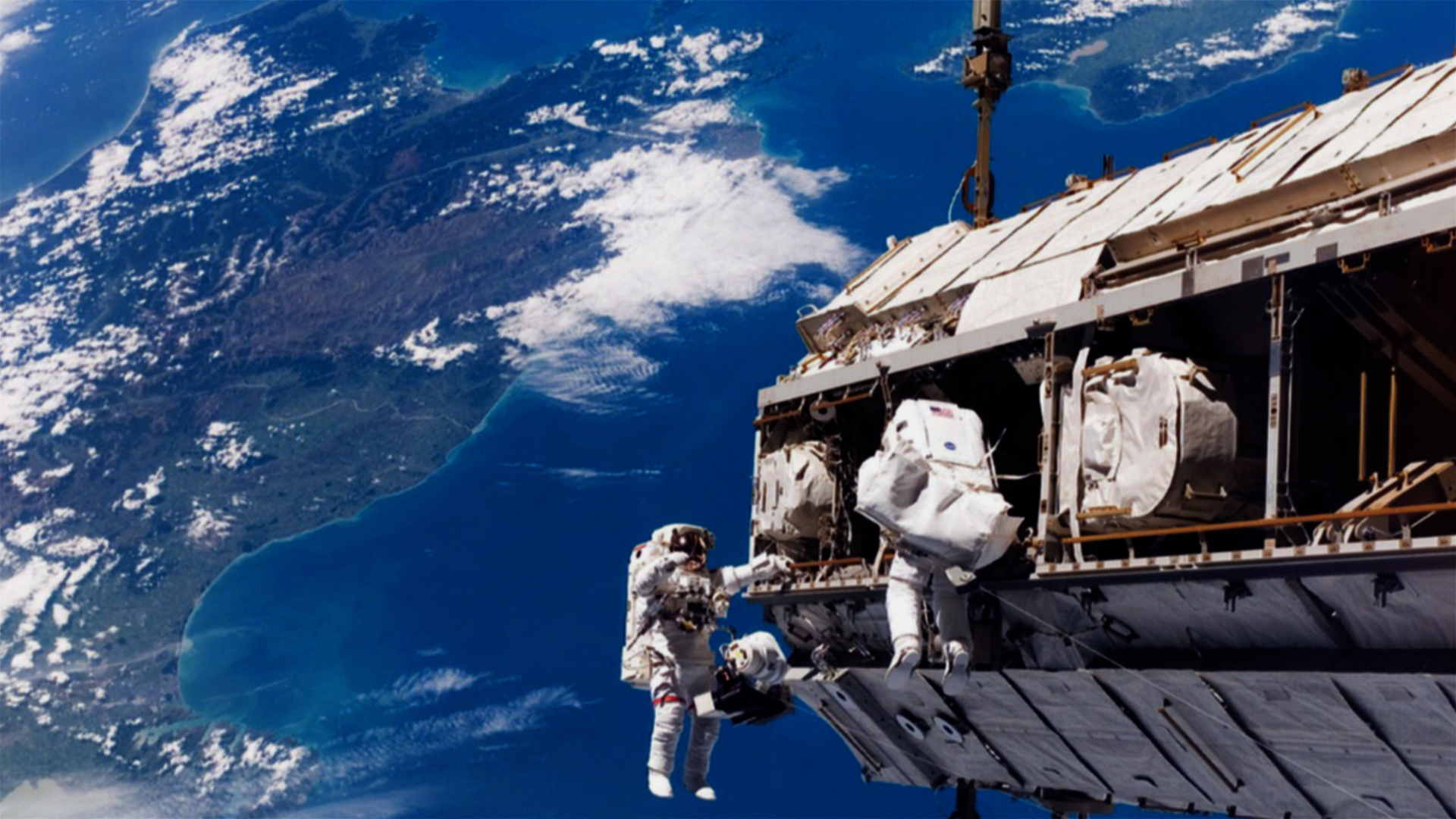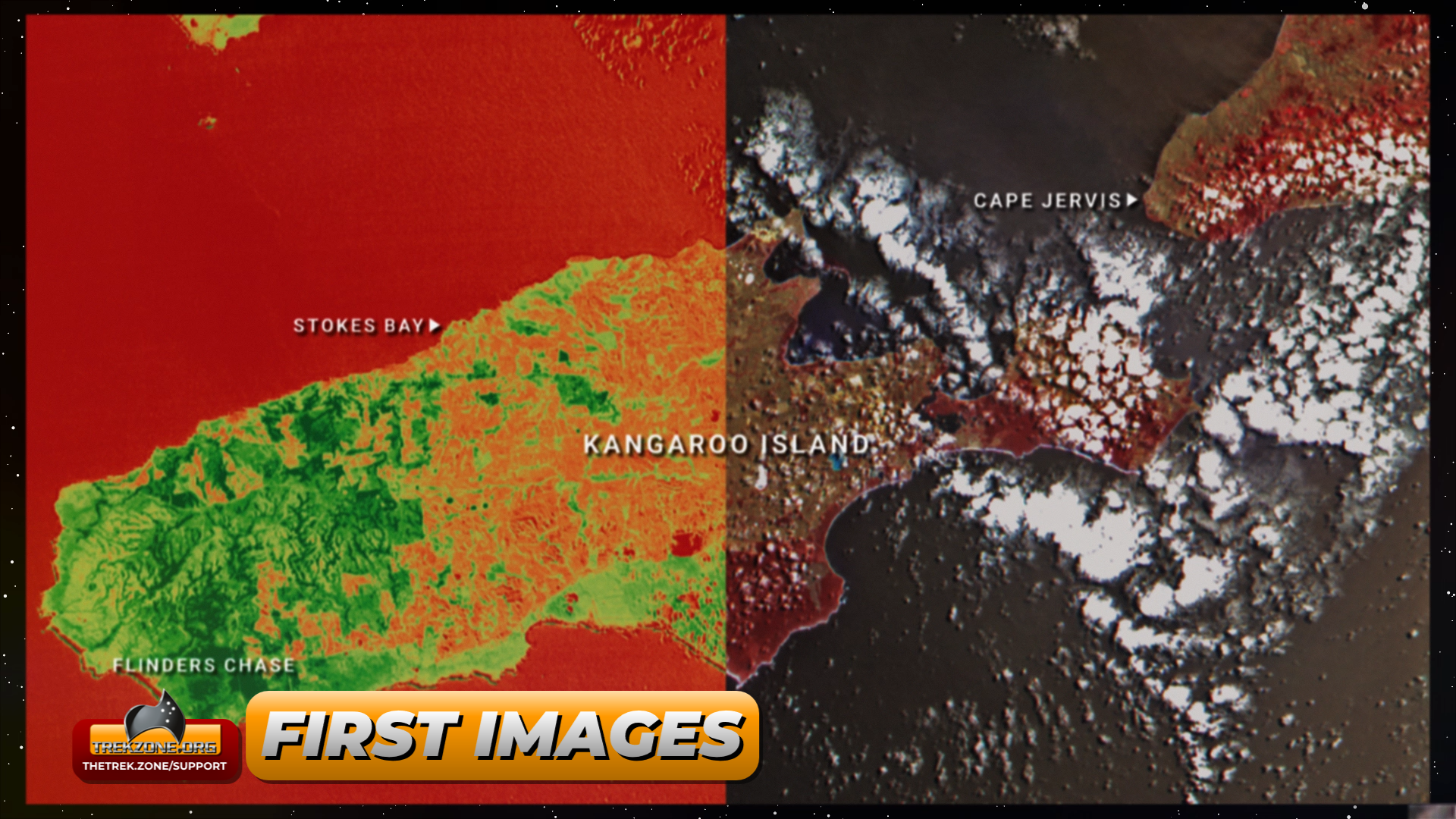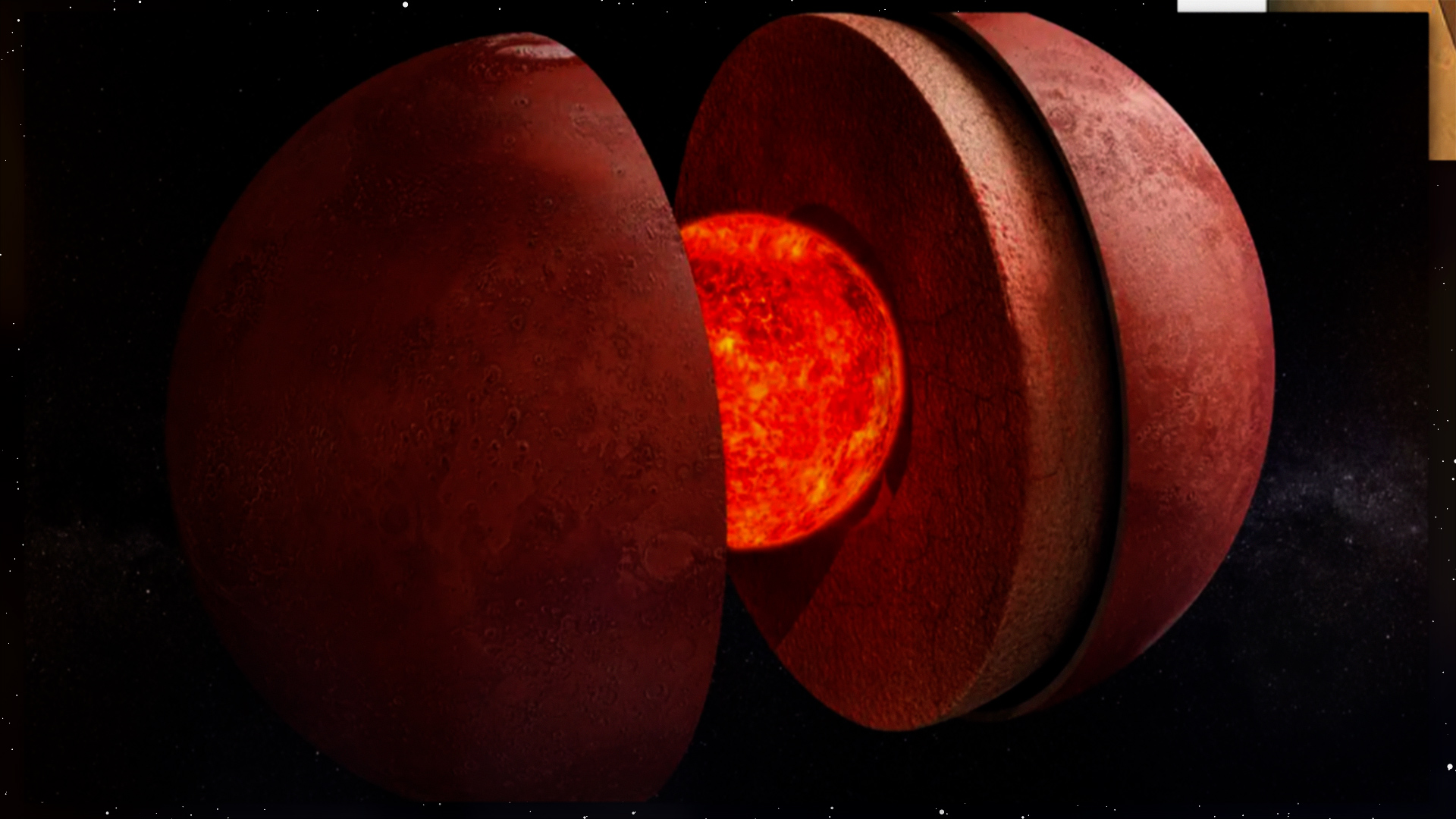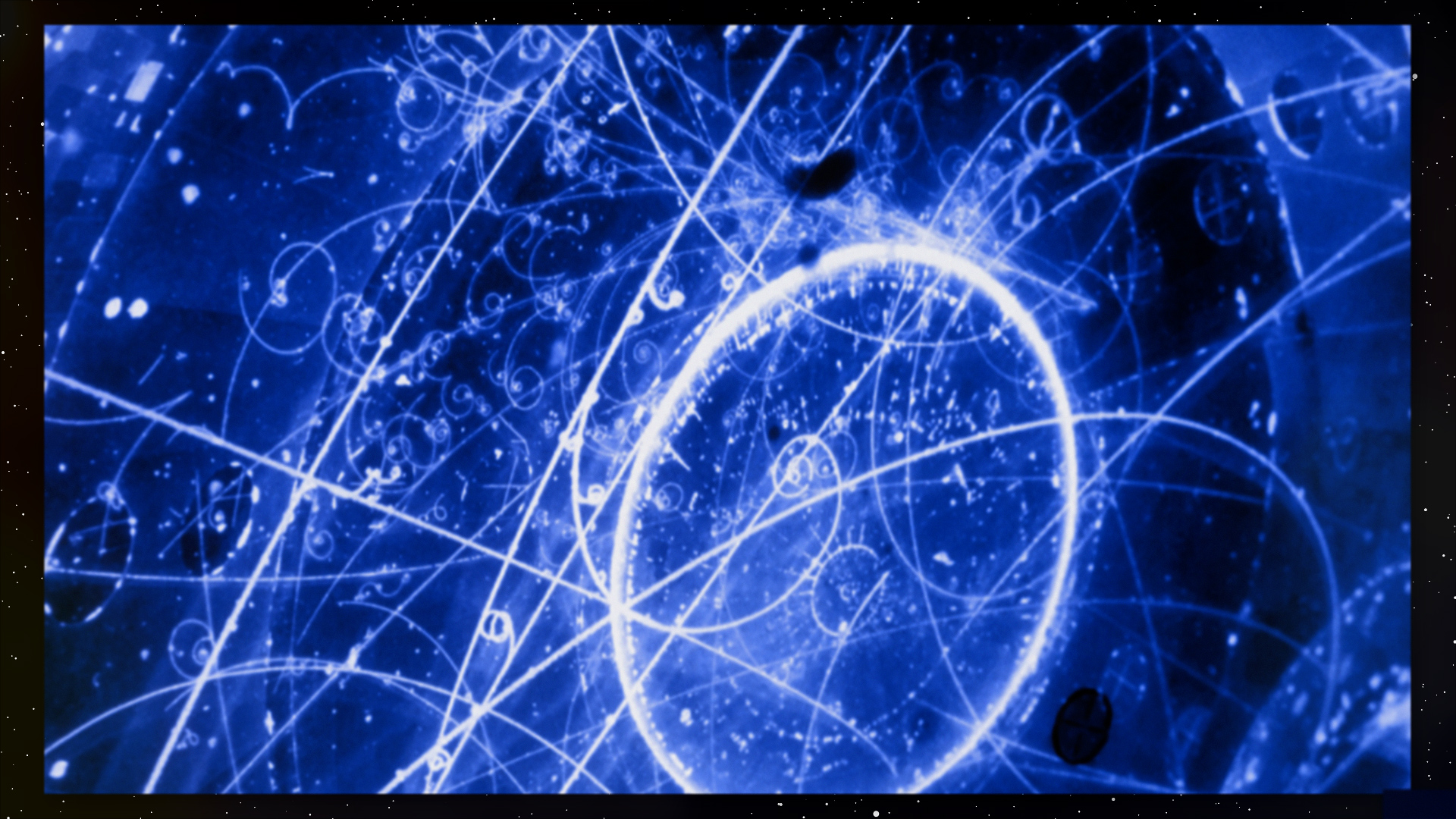Billions of years ago, the water on Mars dried up. Gypsum and other sulfates formed when pools evaporated, leaving behind minerals that precipitated out of the water – and potentially fossilizing any organic life left behind. This means that if microbes such as bacteria lived there, traces of their presence could be preserved as fossils.
But to identify these microbial fossils we first need to prove we can identify similar fossils in places where we know such microbes existed — such as Mediterranean gypsum formations that developed during the Messinian Salinity Crisis – the event that occurred when the Mediterranean Sea was cut off from the Atlantic Ocean, leading to rapid evaporation, causing the sea to become hypersaline and depositing thick layers of evaporites, including gypsum.
The scientists selected an instrument that could be used on a spaceflight: a miniature laser-powered mass spectrometer, which can analyse the chemical composition of a sample in detail as fine as a micrometer. Using strict criteria, they were able to identify and distinguish between carbonaceous material, the elements of life, and minerals like clay and dolomite.

